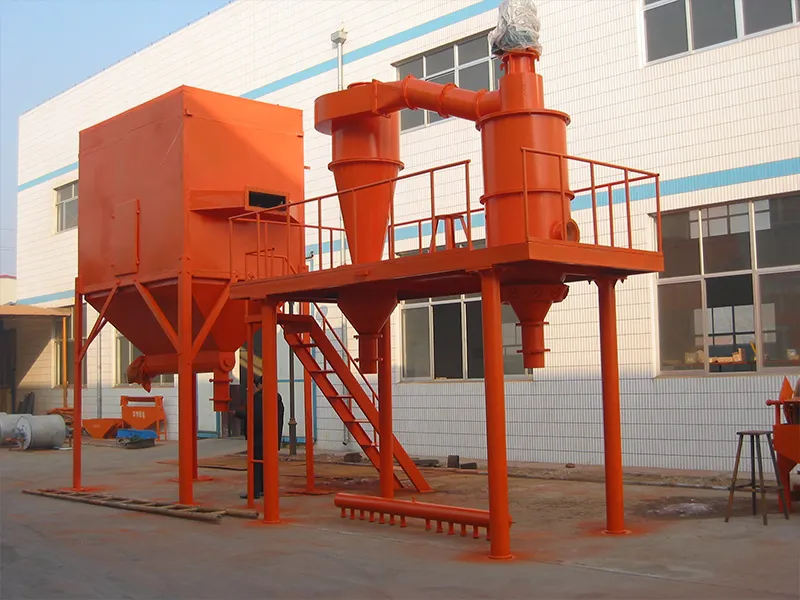Diatomite is a siliceous rock, primarily found in China, the United States, Denmark, France, Romania, and other countries. It is a biogenic siliceous sedimentary rock, mainly composed of the remains of ancient diatoms.
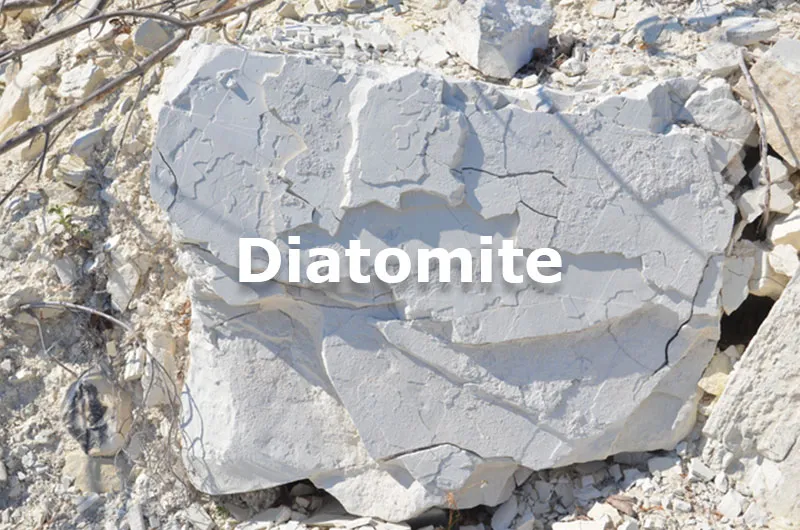
Table 1. Composition of Natural Diatomite
| Chemical Component (wt%) | Natural Diatomite |
| Silicon Dioxide (SiO₂) | 82.16 |
| Aluminum Oxide (Al₂O₃) | 4.89 |
| Iron Oxide (Fe₂O₃) | 1.46 |
| Calcium Oxide (CaO) | 1.23 |
| Magnesium Oxide (MgO) | 0.89 |
| Manganese Dioxide (MnO₂) | 0.52 |
| Potassium Oxide (K₂O) | 0.54 |
| Sodium Oxide (Na₂O) | 0.43 |
| Titanium Dioxide (TiO₂) | 0.19 |
| Phosphorus Pentoxide (P₂O₅) | 0.12 |
| Loss on Ignition (LOI) | 7.55 |
Table 2. Chemical Composition (%) of Diatomite from Different Sources
| Country / Sample | SiO₂ | Al₂O₃ | Fe₂O₃ | TiO₂ | Na₂O | K₂O | CaO | MgO | Others |
| China | 82.95 | 5.75 | 1.41 | 0.69 | 0.06 | 0.06 | 0.24 | 0.21 | 7.95 |
| Turkey | 76.5 | 7.25 | 3.85 | 0.5 | 0.45 | 0.85 | – | – | 0.43 |
| Egypt | 83.6 | 2.24 | 1.07 | 0.17 | – | 0.53 | 6.17 | – | 4.83 |
| USA | 79.55 | 8.18 | 2.62 | 0.70 | 0.25 | 1.30 | 1.31 | – | 3.8 |
| Jordan | 7.25 | 11.42 | 5.81 | – | 7.21 | 0.69 | 1.48 | 0.25 | 0.66 |
| Mexico | 70.38 | 13.52 | 3.37 | – | 0.17 | 0.3 | 0.66 | 0.42 | 11.18 |
| Russia | 79.92 | 6.58 | 3.56 | 0.48 | 1.43 | 0.98 | 0.65 | 0.72 | 4.91 |
| Canada | 89.7 | 3.7 | 1.09 | 0.10 | 0.30 | 0.55 | 0.31 | 0.41 | 3.70 |
| Japan | 86.0 | 5.8 | 1.6 | 0.22 | 0.07 | 0.29 | 0.48 | 0.53 | 4.4 |
| Spain | 88.60 | 0.62 | 0.20 | 0.05 | 3.0 | 0.81 | 0.50 | 0.39 | 5.20 |
Natural fossil shell flour can be modified by treating it with hydrochloric acid to purify the silica surface. This helps significantly reduce the input of harmful calcium, iron, aluminum, magnesium, and alkaline raw materials, while dissolving very little silica.
Table 3 shows the chemical characteristics of modified and natural FSF obtained by X-ray fluorescence spectrometry. The composition indicates that silica (SiO₂) is the main component, along with small amounts of iron oxide (Fe₂O₃) and aluminum oxide (Al₂O₃). Modified fossil shell flour can optimally remove substances such as heavy metals like lead (Pb²⁺) and copper (Cu²⁺). One of the elements used in the modification of it is magnesium oxide, which is achieved by treating it with sodium hydroxide and manganese chloride.
Table 3. Chemical Composition (%) of Natural and Modified Diatomite
| Compound | Natural Diatomite | Modified Diatomite |
| Silicon Dioxide (SiO₂) | 63.31 | 56.79 |
| Aluminum Oxide (Al₂O₃) | 13.42 | 12.15 |
| Iron Oxide (Fe₂O₃) | 12.58 | 10.11 |
| Sodium Oxide (Na₂O) | 0.74 | 2.37 |
| Calcium Oxide (CaO) | 0.49 | 0.08 |
| Chlorine (Cl) | <0.019 | 9.12 |
| Loss on Ignition (LOI) | — | — |
I. Mineral Overview
Diatomite is a siliceous rock, primarily distributed in China, the United States, Denmark, France, Romania, and other countries. It is a biogenic siliceous sedimentary rock, mainly composed of the remains of ancient diatoms.
1. Industry Chain:
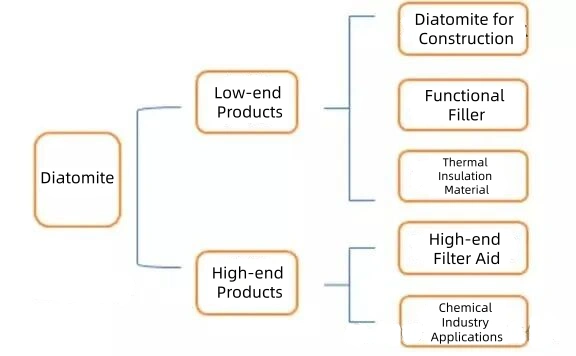
2. Recyclability: Non-recyclable
3. Substitutability: Substitutable
II. Supply and Demand in China
China has abundant resources. In 2012, its reserves were 110 million tons, second only to the United States (250 million tons). In 2012, China’s production was 440,000 tons, with consumption also at 440,000 tons. The deposits are located in Jilin (54.8%), Zhejiang, Yunnan, Sichuan, Guangdong, Inner Mongolia, and other areas. However, high-quality diatomite is concentrated only in the Changbai Mountain area of Jilin. Most other deposits are Grade III-IV clay with high impurity content and cannot be directly used for deep processing.
1. Consumption Structure in China:
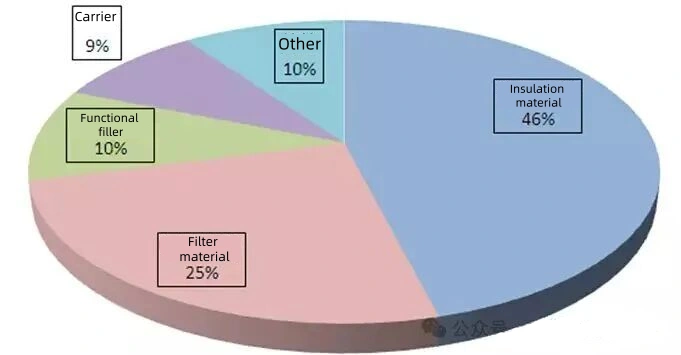
2. Demand Outlook in China: Significant demand potential.
3. Import Sources for China: China’s diatomite imports primarily consist of high-tech, high-end filter aids. The United States is the most significant source of imports, followed by Japan.
4. Classified as a Strategic Emerging Industry Mineral: Yes.
III. Global Supply and Demand
1. Overseas Mine Distribution:
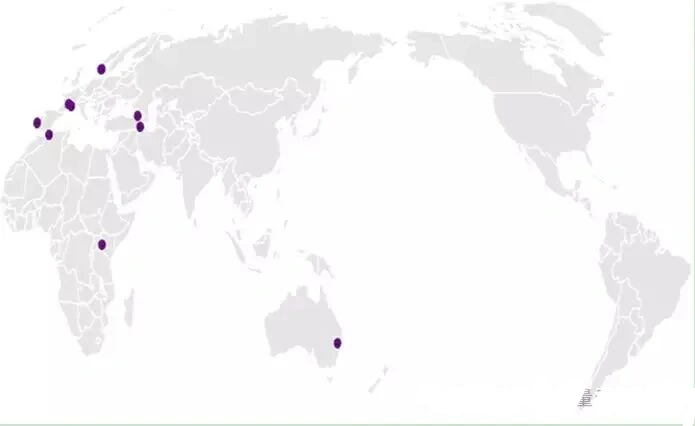
2. Global Reserve Distribution:
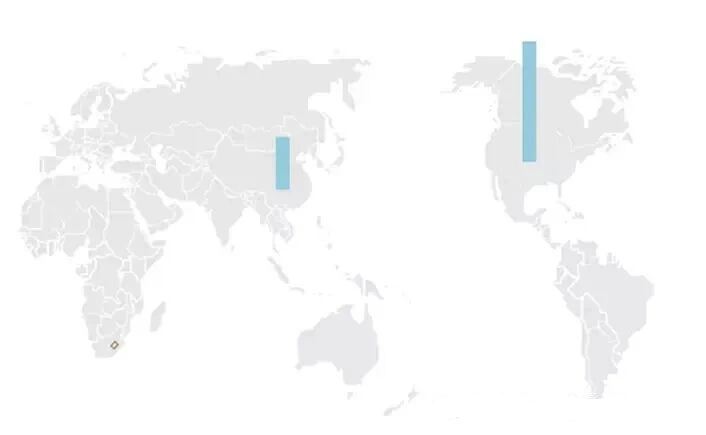
3. Global Production Distribution:
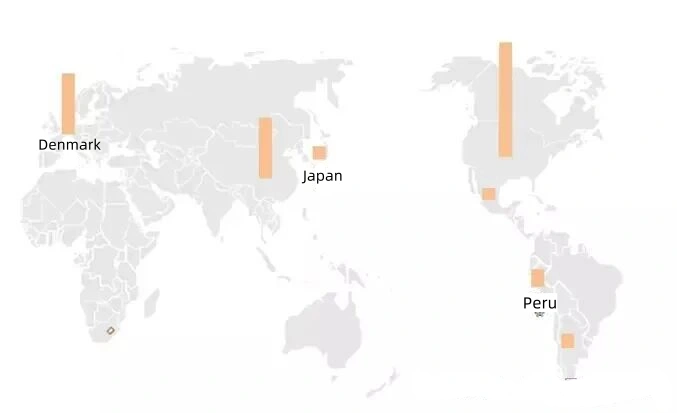
Table 2.2 Diatomite Production of Major Countries Worldwide (Unit: 10,000 tons)
| Country/Region | 2011 | 2012 | 2013 |
| USA | 81.34 | 73.54 | 76.19 |
| China | 44.00 | 42.00 | 42.00 |
| Denmark | 33.75 | 33.75 | 33.50 |
| Peru | 1.01 | 9.40 | 12.49 |
| Argentina | 6.07 | 27.81 | 10.00 |
| Japan | 10.00 | 10.00 | 9.00 |
4. Price Trend:
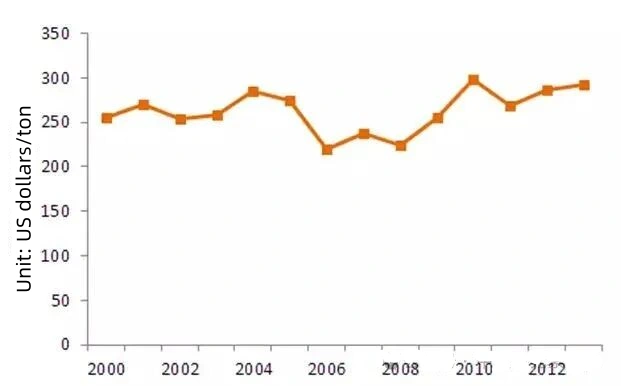
IV. Mining Companies
Currently, there are over 30 major diatomite-producing countries globally. The United States is a leading producer, accounting for approximately 39% of world production, China accounts for 21%, Denmark for 11%, Japan for 5%, and the remainder comes from 26 other countries.
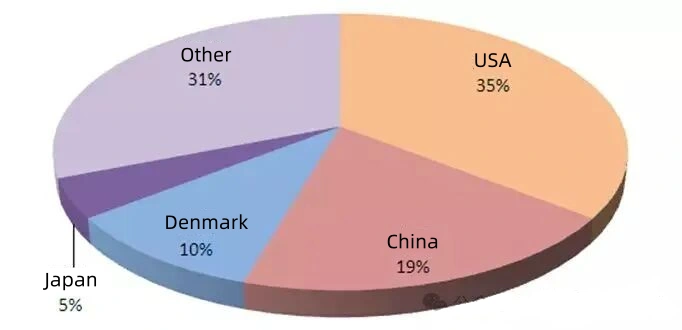
United States: Major production bases are located in California, Nevada, Oregon, and Washington, with a total of 10 diatomite mines and 9 processing plants. Key producers include: Celite Corporation, Eagle-Picher Industries, Inc., and Grefco Inc. Among them, Celite Corporation is the world’s largest producer of diatomite products, operating 8 diatomite deposits and factories worldwide, leading in both output and quality.
China: Jilin, Zhejiang, and Yunnan are the three major diatomite production bases in China.
◦ Jilin primarily produces filter aids.
◦ Zhejiang primarily produces insulation materials.
◦ Yunnan primarily produces fillers and lightweight wall materials.
Denmark: Main production areas are located on the Mors and Fur islands in the northwest of the Jutland peninsula.
Japan: Diatomite resources can be developed at low cost in most regions of Japan. Notably, Ishikawa Prefecture in the Hokuriku region is a major diatomite production base.
Epic Powder
In the field of diatomite processing, precise classification is key to enhancing product value. Epic Powder Machinery‘s classifiers are specifically designed for this purpose, capable of delivering accurate particle size control for various powder. This ensures the final product meets the stringent requirements of various applications, from filter aids to functional fillers. We are dedicated to providing the core technology that supports the advancement of the diatomite industry.
